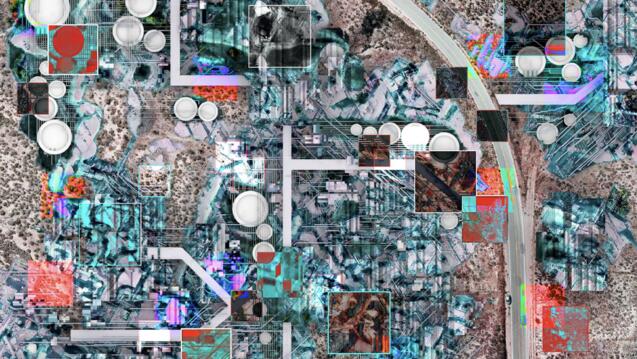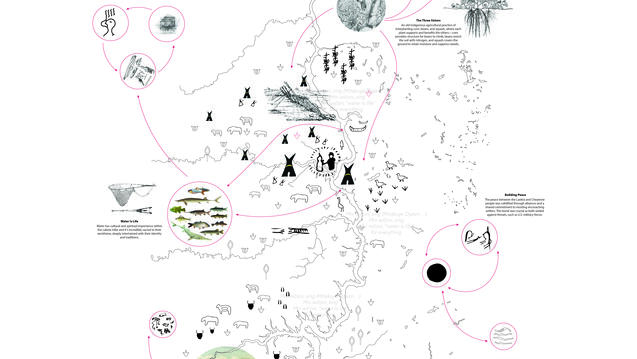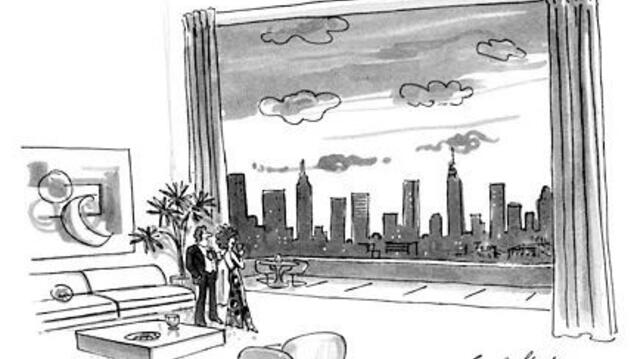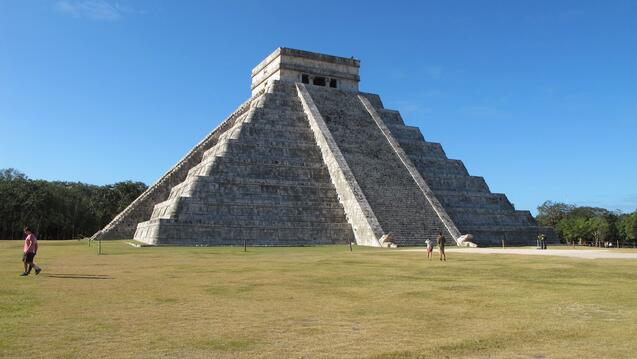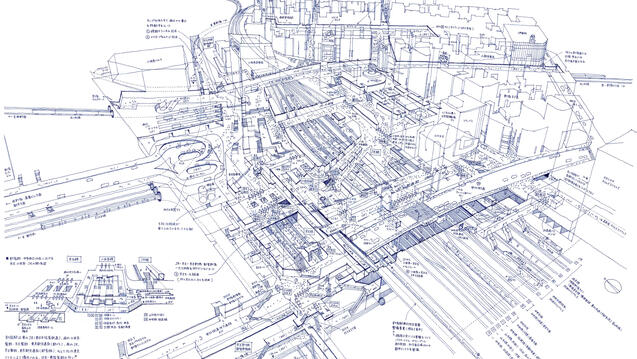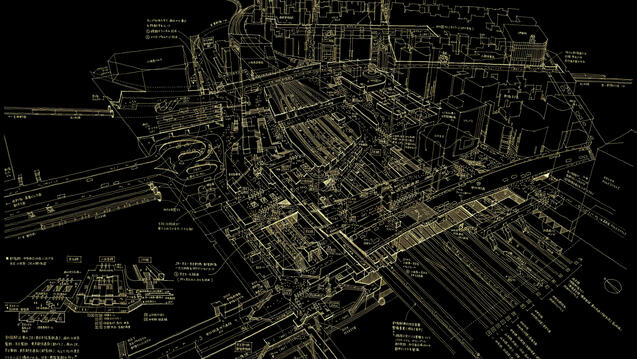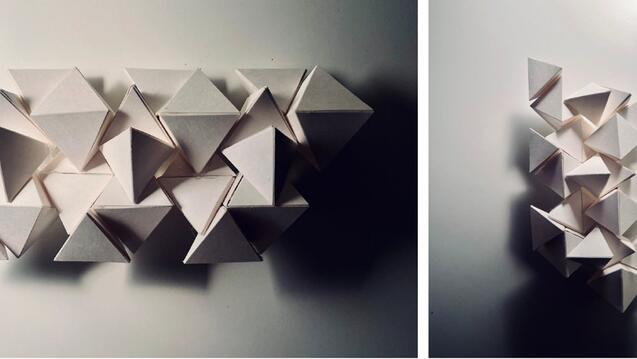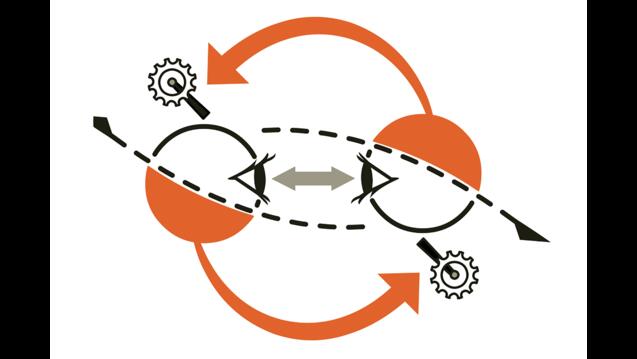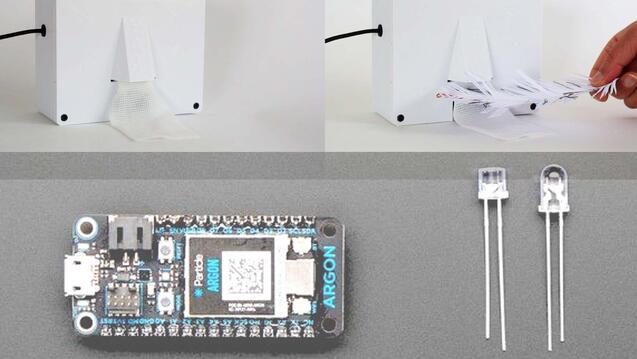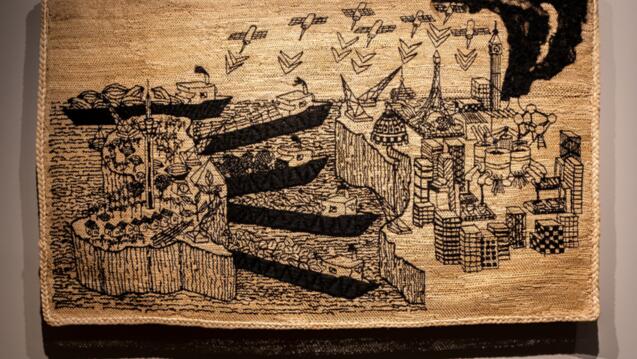This course prepares students for modeling geometry through the scripted development of parametric schemes, primarily for design applications. The goal of the course is to introduce students to basic scripting in a geometrical modeling environment with a focus on form-making algorithms, and to reinforce and extend basic concepts of parametric modeling.
Through transdisciplinary methods and a framework of thinking and practice that this course terms “Unreasonable Architecture,” the course aims to introduce a more expanded knowledge framework of meaning that includes indigenous systems and spatial technologies that sit outside the constraints of modern reason and economic legibility.
This course explores the architectural and urban design histories of American cities, tracing their evolution from colonial settlements to the late 20th century.
How do economic theory and coeval ideologies shape land use and impact architectural agency? Whether you have an endless growth or scarcity mindset, believe in industry dominance vs. economic equilibrium, or would like to do a maximalist/minimalist run of capitalism, we seek to further system-based understanding and reflect critically on industry-based development.
This architectural history course surveys the built environment of Mexico and Guatemala during the Mesoamerican and Spanish Colonial eras. While the ensuing Spanish architectural and urban imprints can be seen as a superimposition of colonialism’s political, social and architectural ideals on top of Maya and other Pre-Columbian traditions, the architecture of the Colonial era is also characterized by resistance, fusion and invention between European and indigenous practices.
Part I of this seminar course is situated at the intersection of global infrastructural history and architectural world-making across the modern era. Students explore how infrastructures — understood as the material, technical and social systems of connectivity and relationality that establish the foundation for other forms of power to operate — are woven through space and sedimented in overlapping temporal layers.
Part II of this seminar course focuses on the intersections of infrastructural theory and architectural world-making. Students will explore how infrastructures — understood as the material, technical and social systems of connectivity and relationality that establish the foundation for other forms of power to operate — are woven through space and sedimented in overlapping temporal layers.
This interdisciplinary course investigates design and making practices through the visual-perceptual, rule-based approach of shape grammars. The course delves into shape grammars in architecture, engineering and art, and its continued developments, and offers foundational knowledge of historical methods developed in the field, while also exploring new directions and questions for contemporary applications in situated making practices e.g. crafts, digital fabrication, art and robotics.
The Laboratory for Cybernetics enables students to engage with wicked challenges using models and methods from Cybernetics and Systems.
This course is designed to introduce students to 3D software tools (3 units each), including Autodesk AutoCAD 3D, Revit Architecture and/or 3D Studio MAX.
This course charts the emergence of the now connected world to explore the possibilities for future products and connected spaces with the Internet of Things (IoT). This introductory, hands-on course invites students without any knowledge of programming, electronics or systems to create connected products.
This course examines the making — and unmaking — of spatial and ecological violence. While the universalizing concept of the Anthropocene has become a convenient shorthand to understand agency in the age of changing climates, it elides the central role of systems of racial capitalism, colonialism and white supremacy in the destruction of human and more-than-human lifeworlds and erases other temporalities of disaster and survival.

